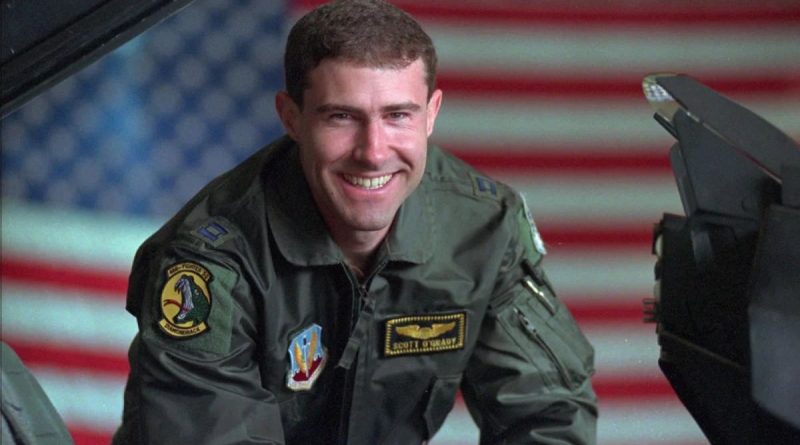July 8 in U.S. military history
1776: Lt. Col. John Nixon, commanding the 3rd Battalion of the Philadelphia Associators militia, reads the Declaration of Independence publicly for the first time. Church bells ring out across the city, including the Pennsylvania State House’s iconic Liberty Bell.
1835: 59 years to the day after celebrating the Declaration the Liberty Bell is rung for the last time. It develops its famous crack when announcing the death of longtime Supreme Court Chief Justice John Marshall, who served as a captain in the Continental Army during the Revolutionary War.
1918: Eighteen-year-old American ambulance driver Ernest Hemingway is wounded by mortar fire on the Austro-Italian front. Despite his injuries he still assists wounded comrades and is decorated by the Italians. The soon-to-become-famous author had tried to enlist in the U.S. Army but was declined due to poor eyesight.
1941: Three Royal Air Force B-17 Fortress I participate in a raid on Kriegsmarine port facilities at Wilhelmshaven, Germany marking the combat debut of the Boeing B-17 heavy bomber. The British are not impressed with the Forts to Britain and find them better suited to transport and anti-submarine operations.
1942: The Gato-class submarine USS Barb (SS-220) is commissioned in Groton, Conn. The sub will conduct combat tours in both the Atlantic and Pacific Oceans, and, according to Japanese records, is credited with sinking more tonnage than any other U.S. submarine. On July 22, 1945, a crew of sailors from Barb land at Karafuto, Japan and place explosives that will destroy a train – the only land combat on Japanese home islands during the war.
1950: After the Joint Chiefs unanimously recommend General Douglas MacArthur to lead allied forces in Korea, President Harry S. Truman names MacArthur Commander-in-Chief of United Nations Command.
1995: Helicopters carrying a tactical recovery unit of the 24th Marine Expeditionary Unit flies into Serbian-held Bosnia and rescues Air Force captain Scott O’Grady (featured image), who had been evading enemy forces for six days after his F-16 was shot down by a surface-to-air missile.
2011: Atlantis lifts off from Cape Canaveral for the last mission of NASA’s Space Shuttle program. Aboard are mission commander Capt. Christopher Ferguson, a former Navy F-14 Tomcat pilot; Col. Douglas G. Hurley, the first Marine to fly the F/A-18 Super Hornet; Col. Rex J. Walheim, an Air Force test pilot instructor; and civilian mission specialist Dr. Sandra Magnus.
